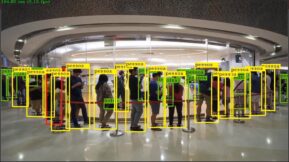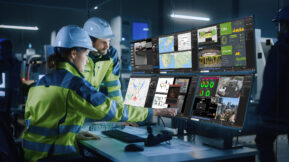How metadata-based analytics enable next-generation, forensic analysis in CCTV systems.
Metadata technology provides an innovative, forensic capability that can enhance the effectiveness of video security, surveillance, and business intelligence applications.
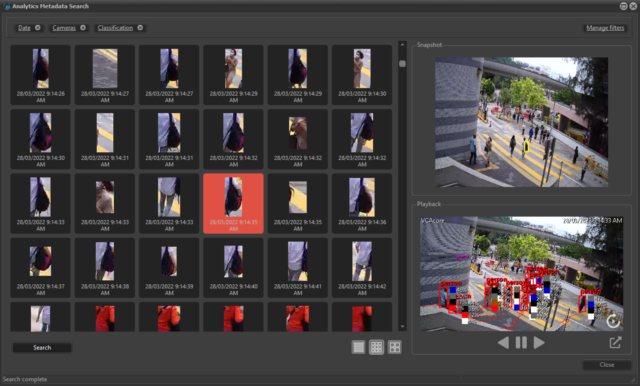
Metadata technology provides an innovative, forensic capability that can enhance the effectiveness of video security, surveillance, and business intelligence applications. In this article, Nick Bowden, Managing Director of Digifort UK, supplying and supporting the Digifort VMS and analytics platform in the UK, outlines how metadata enables market-leading, forensic searching. System users can be reassured that events falling outside of the scope of the original system configuration are still captured using metadata, allowing efficient, forensic searching later.
What is metadata?
“Metadata” is a term used for data that ‘describes and tags’ other data. In surveillance applications, it is the data relating to changes in the video stream from surveillance cameras; enabled within Digifort when video analytics detection is activated. Events which are triggered by analytics alarms, in real-time, can be used for an immediate operator response. These events are generated whenever a specific metadata condition matches those configured in the system, such as to identify an intruder. However, all metadata within the camera’s field of view is also captured, with its identity and context to site events. This allows users to make forensic searches for entirely different criteria and site events, later. There is very little data processing overhead involved, as it is the metadata not the HD video stream being analysed. This makes forensic searching within the Digifort VMS quick and easy for the user and an extremely powerful tool for retrospective, site analysis.
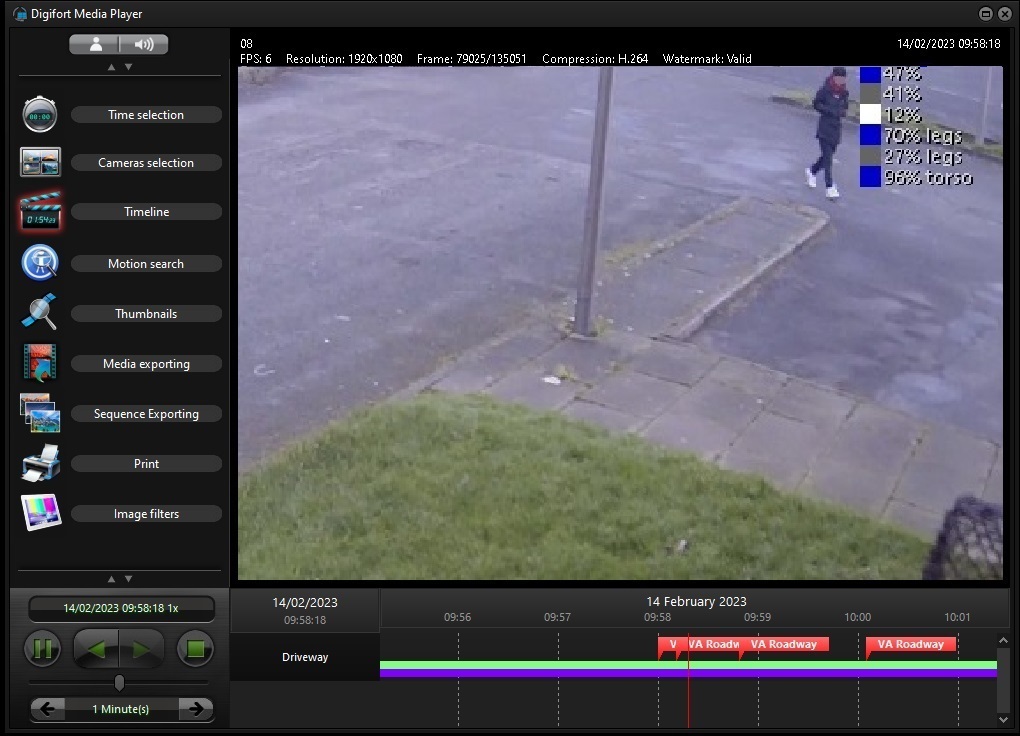
“Machine understandable”
Machines or computers cannot ‘watch’ video to interpret the relevance of events, like an operator. With Digifort, metadata applies ‘machine understandable’ intelligence to the video, which is absolute, measurable, and scalable. This comes in the form of ‘identifiers,’ such as time, location, movement, identity, size, dwell, type and location of objects and people. Making the video data ‘machine understandable’ allows for forensic analysis of only the changes, trends or specific types of events deemed relevant, not the entire video stream. This vastly increases VMS system efficiency, speeding up the forensic search and retrieval of relevant video and only applying analytics processing where needed.
Metadata and security
The metadata helps operators to identify incidents and events and respond in real time. Analytics’ rules, such as ‘virtual fences,’ trip wires and people counting, can draw an operator’s attention to events and help them understand what is happening on a site. Deep learning functionality enables cameras to self-calibrate, separating a scene ‘background’ from an event of interest and helping to understand the interaction of objects in a scene and within their environment, reducing false alarms. Metadata ensures the VMS system is better able to focus on only that which is important to the site.
A video system will typically use motion or analytics for alarm triggering and notifications, in real time, for an immediate and appropriate operator response, matching recorded metadata in the process. This metadata allows new, forensic search criteria to be selected after the event, to fine tune the search or identify a new set of events altogether. For example, live viewing might be used to identify site intrusion by a person in real-time. However, the operator might use forensic searching with metadata to refine the search criteria, such as to identify an intruder in a blue jacket or carrying a bag, or for a totally different set of criteria, such as a vehicle or motorcycle.
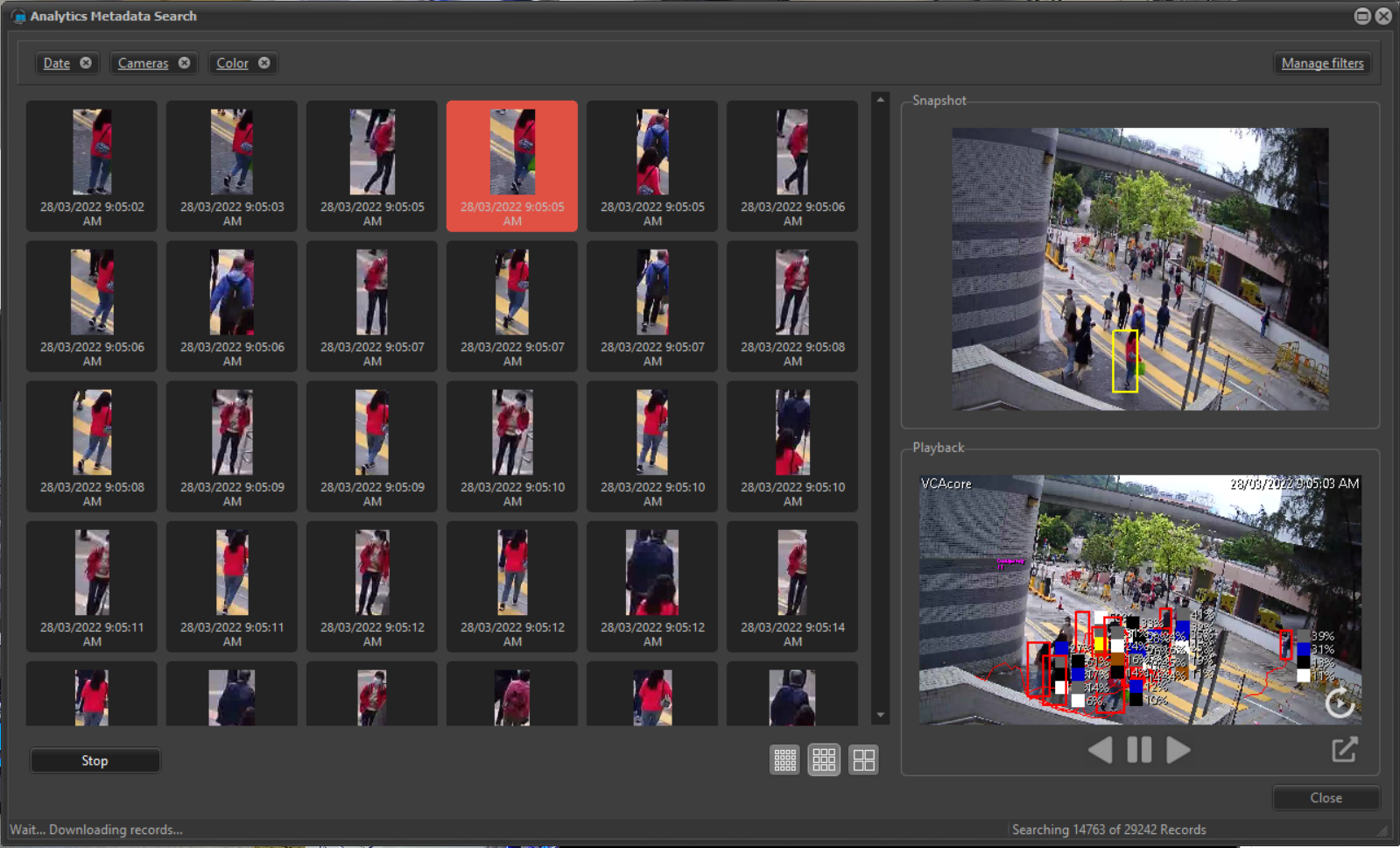
Metadata offers an insight and context for security surveillance functions – especially those relating to forensic searching, alarm handling and reporting, and can include search criteria such as:
- Date and time
- Camera obstructions
- Scene motion
- Camera movement
- Location
- Attributes
- Colours
- Sizes
- Gender
- Speed
- Direction of travel
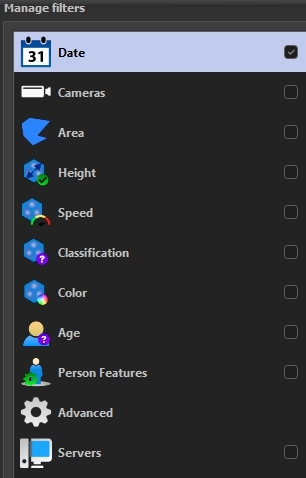
Metadata and multiple camera streams – the benefits!
Leading camera manufacturers provide multiple video streams, simultaneously, from a single camera. The camera’s Full HD stream is used by Digifort for high-quality recording, linked to an identical, lower resolution stream running in parallel. This lower resolution stream is used for analytics processing, multi-screen viewing and remote viewing from PC’s, smartphones, and tablets, and is what Digifort uses for metadata generation.
Splitting the recorded stream from the metadata and analytics processing streams is efficient. The system processing overhead of the servers, used to run the CCTV system and analytics, will go much further, reducing costs and increasing response times. It also allows greater camera density on the servers. The metadata on this lower resolution stream then references, or tags, events in the HD video timeline, allowing the system to retrieve higher quality video for forensic analysis and evidence. This highly efficient approach to CCTV system management and analytics is only possible when the VMS and analytics are part of the same software family, like Digifort. Many, current ‘all-in-one’ boxed, analytics solutions must use the same stream for processing and recording, which means recording stream is compromised, usually to D1 resolution at best, not HD – something to check when selecting a system.
Analytics functions and system management
Metadata-driven reports of events and specific object behaviours can be provided by Digifort for insightful site management and security purposes. Metadata gives high levels of understanding of object behaviours, including missing object, moved object, and change of object – guarding against crimes such as theft. Unwanted or left objects in a scene can be identified to trigger alarms and protect public spaces like airports, railway stations and town centres against attack.
Retail management
Metadata allows details of store, vehicle, visitor traffic and behaviour to be collated. It can dramatically influence efficiency, providing information for security management such as occupancy, footfall, theft, violence to staff, car park management and supplier deliveries. It can inform store layout, support marketing, and improve planning. Human behaviours can be learnt and tracked, including loitering, occupancy, and suspect movements, such as rapid hand movements indicating violence or theft – the options are endless.
Metadata can assist forensic analysis in security management systems like Digifort, by helping to filter out irrelevant video information. Alerts can notify devices, integrating surveillance with mobile technologies, and ensuring the right person receives the information they need in real time. Metadata technology dramatically increases VMS and analytics efficiency, providing valuable business insight, marketing, security, facilities, and site management information.
